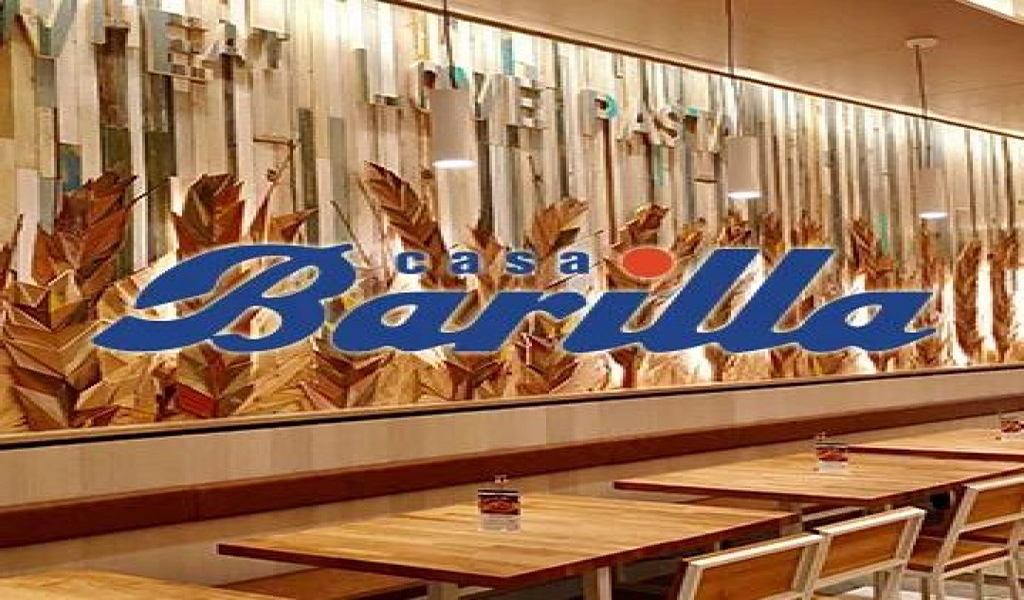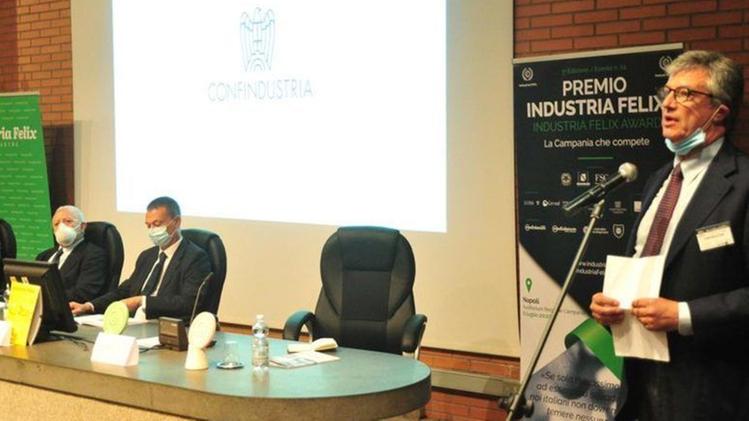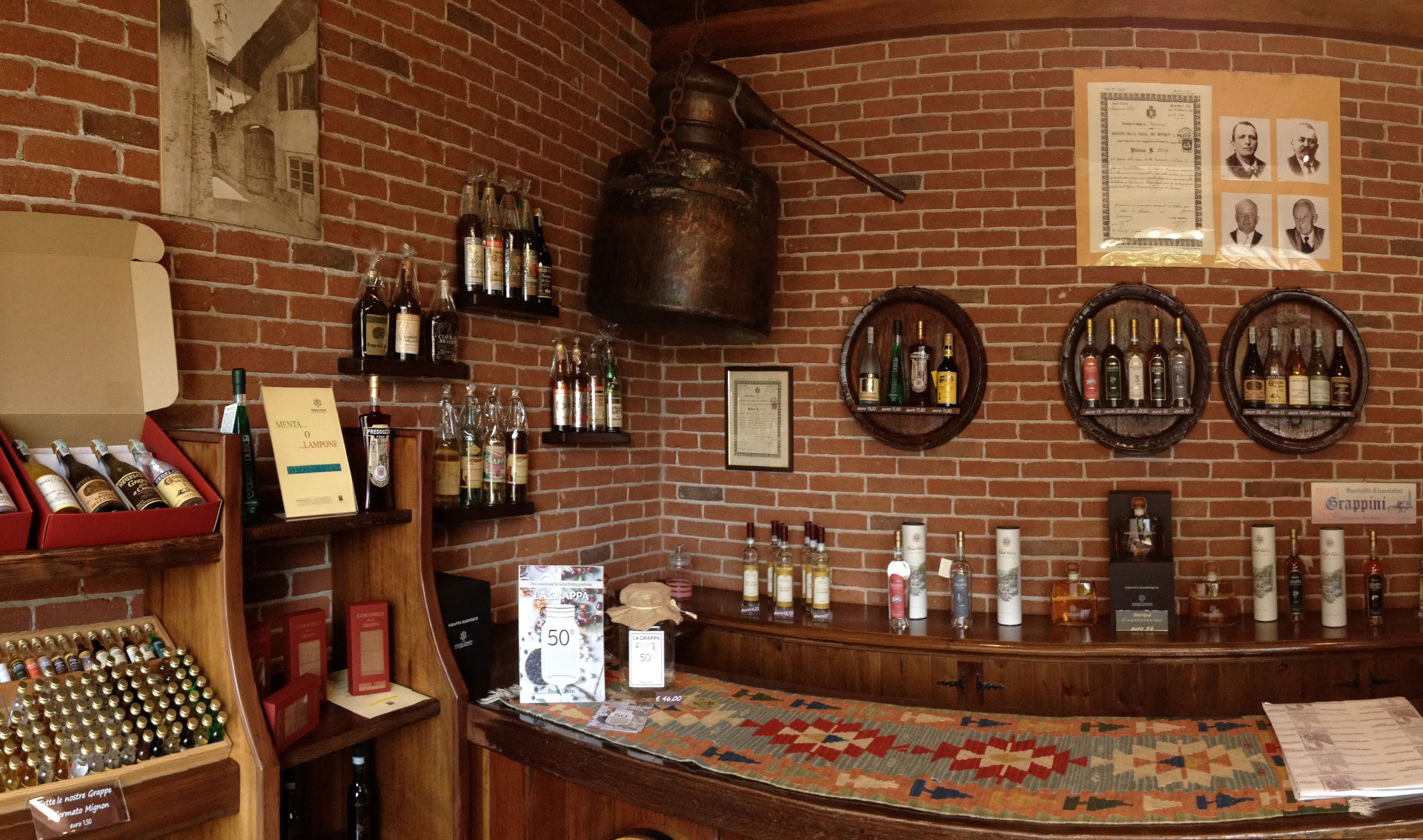Not only BARILLA: 141 years of Italian history go online with the company historical archive

Why is the traditional Barilla pasta packaging blue? What does the oval that embraces the brand in the famous company logo represent? And again, what does Federico Fellini have to do with pasta that is the symbol of Italy in the world?
What could be curiosity for a few communication and marketing enthusiasts become, with Barilla, important questions with which to get to know more closely the food and social customs and traditions of Italians. The way in which the company has represented itself and its products since 1877, in fact, reflects the changes that Italian society has gone through in more than a century.
The awareness of being the custodians of a rich heritage of memory prompted Barilla to create the new one site ofHistorical Archive, a portal-museum that preserves the testimonies of the life of the Parma company and, with it, of the history of the country.
A "Site of considerable historical interest" that "tells the evolution of the Italian costume”, For this reason, the Ministry for Cultural Heritage and Activities defined it.
The project of the Barilla Historical Archive
The archive was born when the internet was not yet widespread, by the will of Pietro Barilla, to preserve and enhance the historical documentation produced by the company since its birth in 1877, a few years after the unification of Italy. A real journey into the cultural and economic changes of the country, explained Luca Barilla Vice President of the Group, which lasted years and which is now in the era of the web, with a vast and rich digital archive available to all *.
“We are all made of our history which, for this very reason, is our most precious heritage. The Historical Archive, wanted by my father, testifies to our attention to quality in all its aspects and tells the evolution of the taste and customs of Italian society. "
What's in the online historical archive
The answer is simple: as many as 35,000 scanned documents represent it cross-section of the history of Italy, photographic and video testimonies but also curiosities and insights on how the evolution of the company has been strongly intertwined with the production of the Italian cultural industry over time.
There are many navigable categories in the Archive, from the Photo Library with thousands of company images from 1913 to today, to the Library on the themes of local history, wheat cultivation, grinding and mills, passing through collections of Postcards and Packaging.
The section graphics and advertising communication collects over 150 posters from the 1920s to today, promotional items and approx 2,700 advertising films for TV and cinema, made with directors of the caliber of Federico Fellini, Wim Wenders, David Lynch, Giuseppe Tornatore and Gabriele Salvatores, and with characters such as Alberto Tomba, Alex Zanardi, Dario Fo, Mina, Massimo Ranieri and Pierfrancesco Favino.
Traveling between history, customs and society
Exploring the site we discover that in 1910 the first company brand signed by the sculptor Emilio Trombara was born: a boy who breaks a giant egg in a large wooden cupboard. While in the promotional postcards and calendars from the 1930s children are smiling and plump thanks to the nutritious Barilla gluten-free pasta, recommended for mothers "So that they grow up healthy, happy and vigorous" in response to a starving country.
And we discover that, after Pietro Barilla's famous trip to America in the 50s, the company challenges tradition and launches the cardboard packaging for pasta, until then sold in bulk in the shops.
The archive thus reveals the origins of the classic Barilla blue, which evokes precisely i sugar paper sheets in which until then the shopkeepers wrapped the pasta at the time of sale, blue because it was immediately recognizable by housewives. Also thanks to Barilla, therefore, the era of mass consumption begins in Italy and the concept of “brand” arrives.
We discover, again, that the iconic red oval - a fundamental part of the Barilla logo still today - it is also a child of its time: was born in 1952 from the inspiration of Pietro Carboni, graphic designer and architect from Parmesan, who modernizes and abstracts the egg of the old brands and places it at the foundation of Barilla's message of tradition and authenticity, anticipating a need for good food.
And we also admire the photos of very first terracotta molds of the iconic Mulino Bianco biscuits, a brand born in 1975 and became a symbol of the good old times when life was peaceful, genuine food, happy families. The reassuring and positive response that Barilla offered to the Italians in the dark times, those of post '68, dominated by economic uncertainty and the years of lead.
We discover, again, that in 80s, when the value of eating together and conviviality is affirmed and triumphs, Barilla launches commercials, which have fully entered the shared memory of Italians, signed by the greatest directors of world cinema. A gem of the archive is the backstage with Fellini on the set of “Rigatoni”, set in a luxury restaurant, where a sophisticated couple refuses dozens of courses with the French name to order a simple plate of pasta.
Finally, thanks to the Archive we understand that also today Barilla communicates with the same spirit of a time: reflecting and expanding the messages and values of our time. This is how internationalization, health and sustainability are translated into initiatives with an increasingly social and universal value that today Barilla summarizes in the mission “Good for You, Good for the Planet”.
* The original materials can be viewed at the Barilla Historical Archive in the headquarters in Via Mantova 166 in Parma upon reservation.
Copyright © | barillagroup.com







